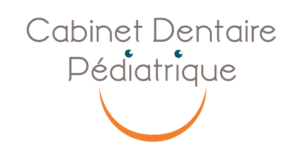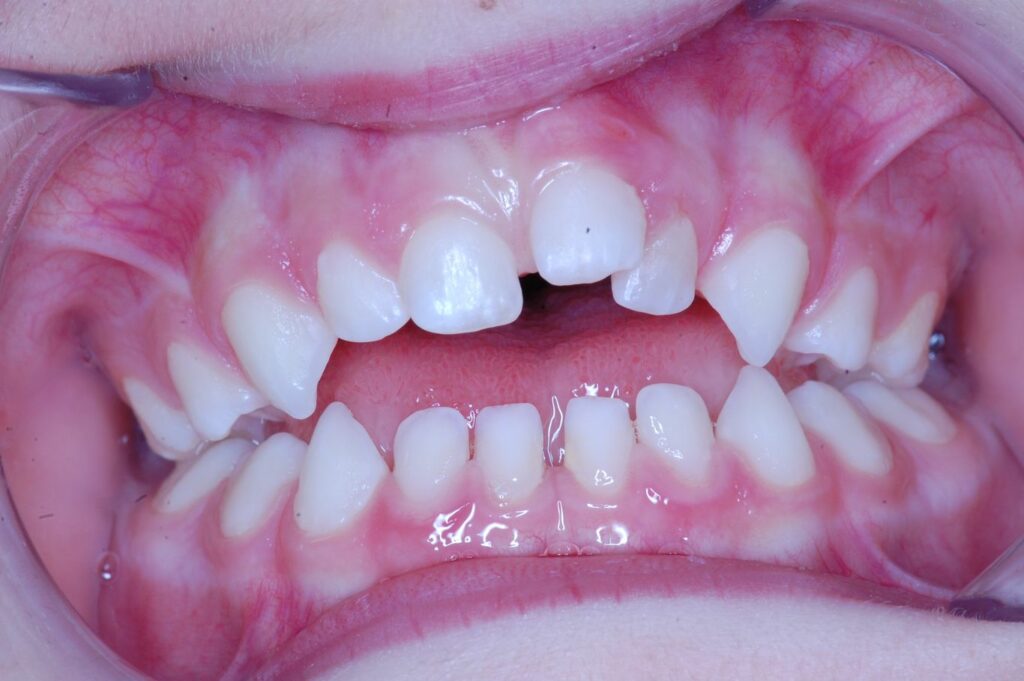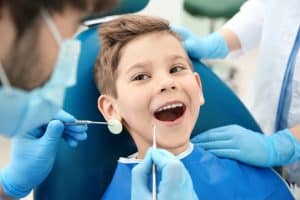Today, more and more people are suffering from a gap in their teeth. This is a malocclusion, which means that the jaws do not touch each other when they are closed. We will explain in more detail what a gap in the teeth is, its origins and consequences.
What is a gap in the tooth?
The dental gap, also called infraclusion or malocclusion, is a malformation which, in addition to being unsightly, can cause more serious problems on chewing or pronunciation and on the subsequent development of the jaws. There are several types of malocclusions:
- A unilateral gap means that it affects only one side of the teeth,
- The bilateral gap, which means that it affects the entire dentition,
- The anterior gap,
- The posterior gap.
It can affect only the teeth, or it can be more severe and affect the entire jaw. In either case, a gap in the teeth means that the teeth are not touching and are not properly aligned.
Most often this anomaly is detected in the child and it is important to correct this as soon as possible.
What are the origins of a gap in the tooth?
Tooth gap can be caused by the use of a pacifier
One of the most common factors in the development of gap teeth is the use of a pacifier or repeated thumb sucking over a long period of time, while the teeth and jaw are still growing.
Breathing through the mouth
A respiratory disease that causes the child to breathe through the mouth excessively can also explain this phenomenon.
What can be the consequences of a gap in the teeth?
The reasons for a gap in a child's teeth can be multiple, and the consequences are just as numerous.
Tooth gaps can create problems in oral health. Teeth that are misaligned are more difficult to brush and this can lead to cavities, tartar problems, etc.
There may also be pain in the jaw muscles, limited mouth opening, cracking of the jaw, ringing in the ears, sleep problems or balance problems. The hollowness can also cause speech problems that will have to be followed up later by a speech therapist.
The discomfort felt due to a gap in the teeth can really become disabling for those who suffer from it.
Treatment of dental gaps
To prevent a gap in the teeth from affecting a child in a significant way, it is advisable to consult a dentist or an orthodontist as soon as possible. Both specialists can diagnose this anomaly.
Treatment of open bite in children is usually started either around 4-8 years of age or at 12 years of age with functional braces.
Of course, the solution depends on the type of gap in the child's mouth and the urgency of treating it.
Whatever happens, it is important not to take a gap in the teeth lightly, especially in children.
If these gaps are not treated quickly, children can develop serious problems in their teenage years. Not to mention the lack of self-confidence that a gap on a purely aesthetic point can create.


